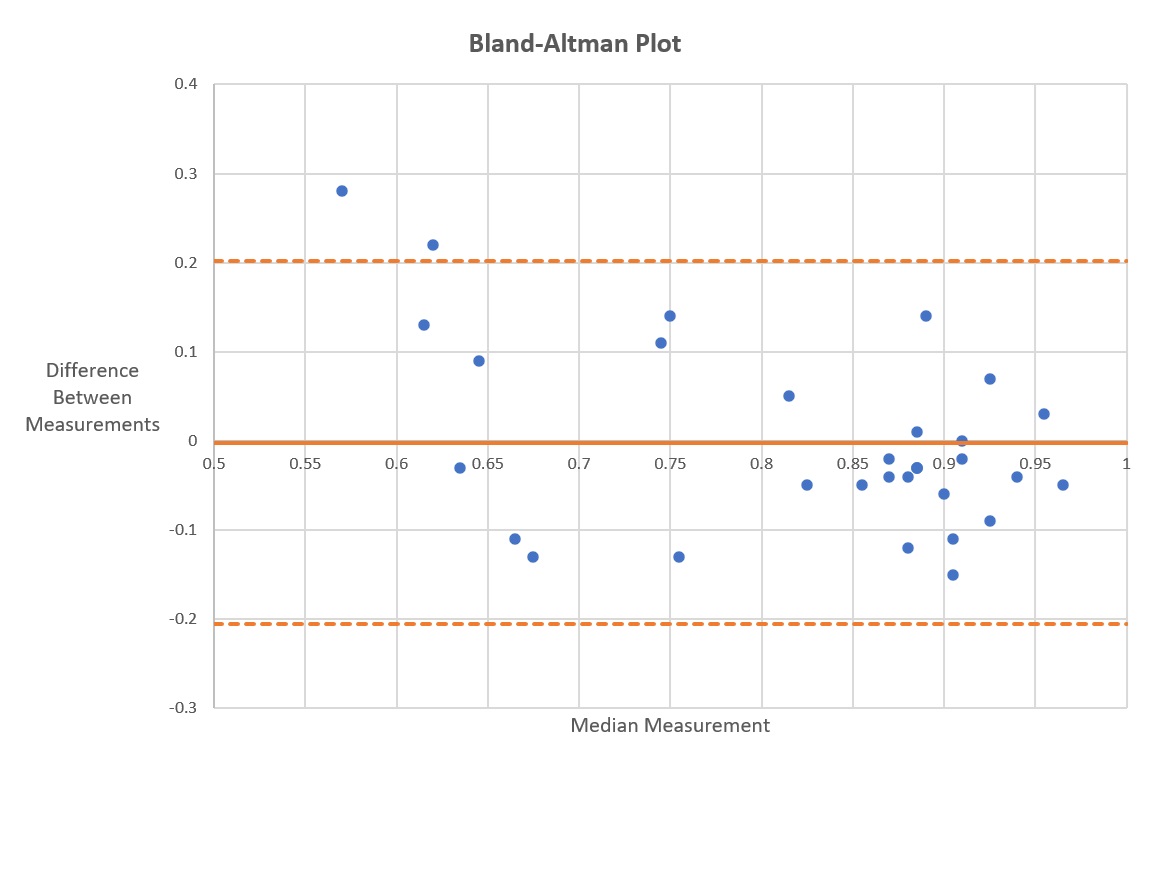Lots of interesting abstracts and cases were submitted for TCTAP 2025. Below are the accepted ones after a thorough review by our official reviewers. Don’t miss the opportunity to expand your knowledge and interact with authors as well as virtual participants by sharing your opinion in the comment section!
TCTAP A-056
Correlation and Agreement of Murray Law-Based Quantitative Flow Ratio to Fractional Flow Ratio for Angiographically Moderate Coronary Artery Stenosis
By Damon Jie Hui Tan, Eran Sim, Ki Fung Cliff Li, Hee Hwa Ho
Presenter
Damon Jie Hui Tan
Authors
Damon Jie Hui Tan1, Eran Sim1, Ki Fung Cliff Li1, Hee Hwa Ho1
Affiliation
Tan Tock Seng Hospital, Singapore1
View Study Report
TCTAP A-056
Invasive Imaging (IVUS, OCT, NIRS, VH, etc)
Correlation and Agreement of Murray Law-Based Quantitative Flow Ratio to Fractional Flow Ratio for Angiographically Moderate Coronary Artery Stenosis
Damon Jie Hui Tan1, Eran Sim1, Ki Fung Cliff Li1, Hee Hwa Ho1
Tan Tock Seng Hospital, Singapore1
Background
Measuring the hemodynamic significance of angiographically moderate stenosis via Fractional Flow Reserve (FFR) to guide intervention has been shown to improve outcomes, including mortality, nonfatal myocardial infarction, and the need for repeat revascularization. However, multiple challenges to implementing FFR in routine practice include technical challenges, the risk of introducing a pressure wire down a coronary artery, the additional time needed to measure pressure wire-derived FFR, and the side effects of hyperemic agents. These have been barriers to the uptake of FFR in routine clinical practice. Hence, techniques for deriving FFR without the need for a pressure wire or hyperemic agent would be advantageous and could improve the uptake of physiology-guided revascularization. Murray Law-based Quantitative Flow Ratio (µFR) is a non-invasive, hyperemic agent-free method for quantifying the functional severity of coronary artery stenosis, though its correlation and agreement with FFR are not well studied. The authors present a case series on the correlation between pressure wire-derived FFR and µFR in angiographically moderate lesions.
Methods
A case series of 22 patients who presented with stable ischemic heart disease and underwent coronary angiography in a tertiary Singapore center demonstrating angiographically moderate stenosis was conducted between January 2023 and April 2024. A single cardiac technician and cardiologist conducted the assessment to avoid inter-observer variability. The lesions were interrogated using FFR (with either adenosine bolus or intravenous infusion) and µFR. Pearson correlation between both modalities was calculated. Bland-Altman plot was used to measure the level of agreement between both modalities. Diagnostic performance of µFR ≤0.80 to predict FFR ≤0.80 was calculated.
Results
22 patients with stable ischemic heart disease had angiographically moderate lesions: 15 patients had one lesion, 6 patients had two lesions, and 1 patient had three angiographically moderate lesions. The correlation between FFR and µFR was R = 0.710 (Figure 1). Bland-Altman plot (Figure 2) demonstrated strong agreement between both modalities (bias ± SD: -0.0019 ± 0.1039).




Conclusion
µFR has a high degree of correlation and strong agreement with FFR in assessing the functional significance of angiographically moderate coronary artery stenosis, despite not requiring a pressure wire or hyperemic agent. µFR may be used to quantify the functional significance of such lesions and guide decisions on whether to revascularize these lesions during percutaneous coronary intervention.


